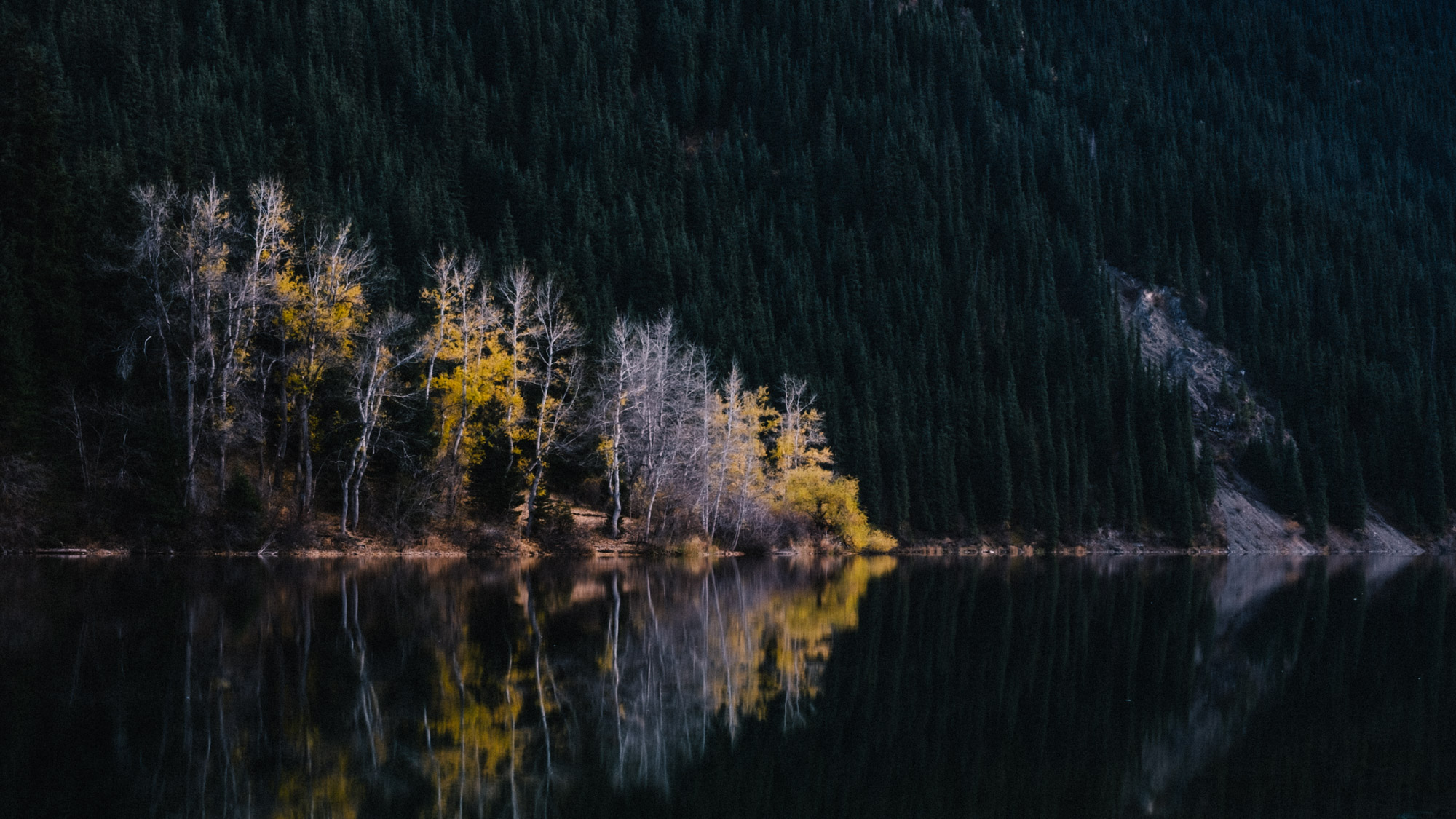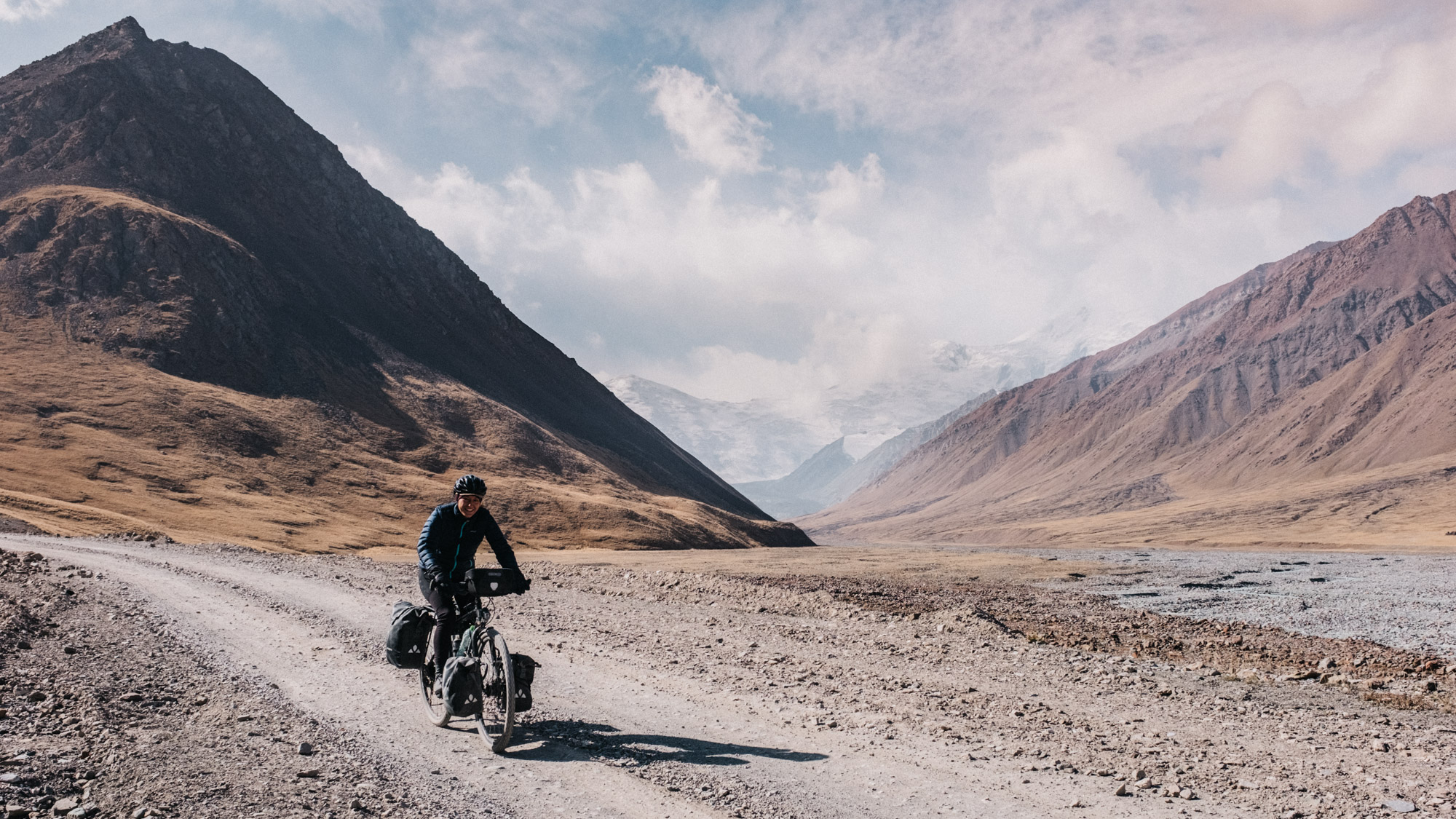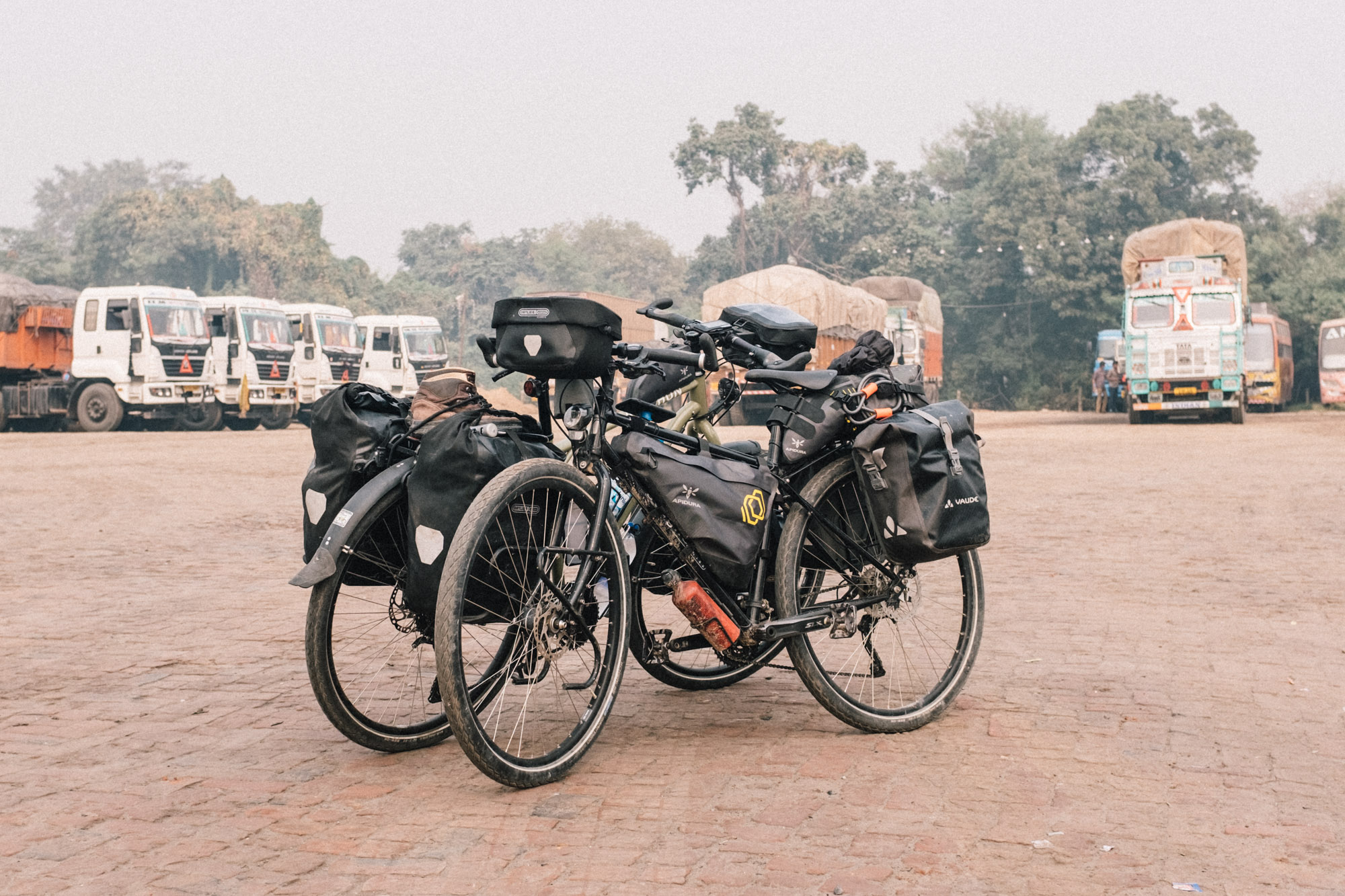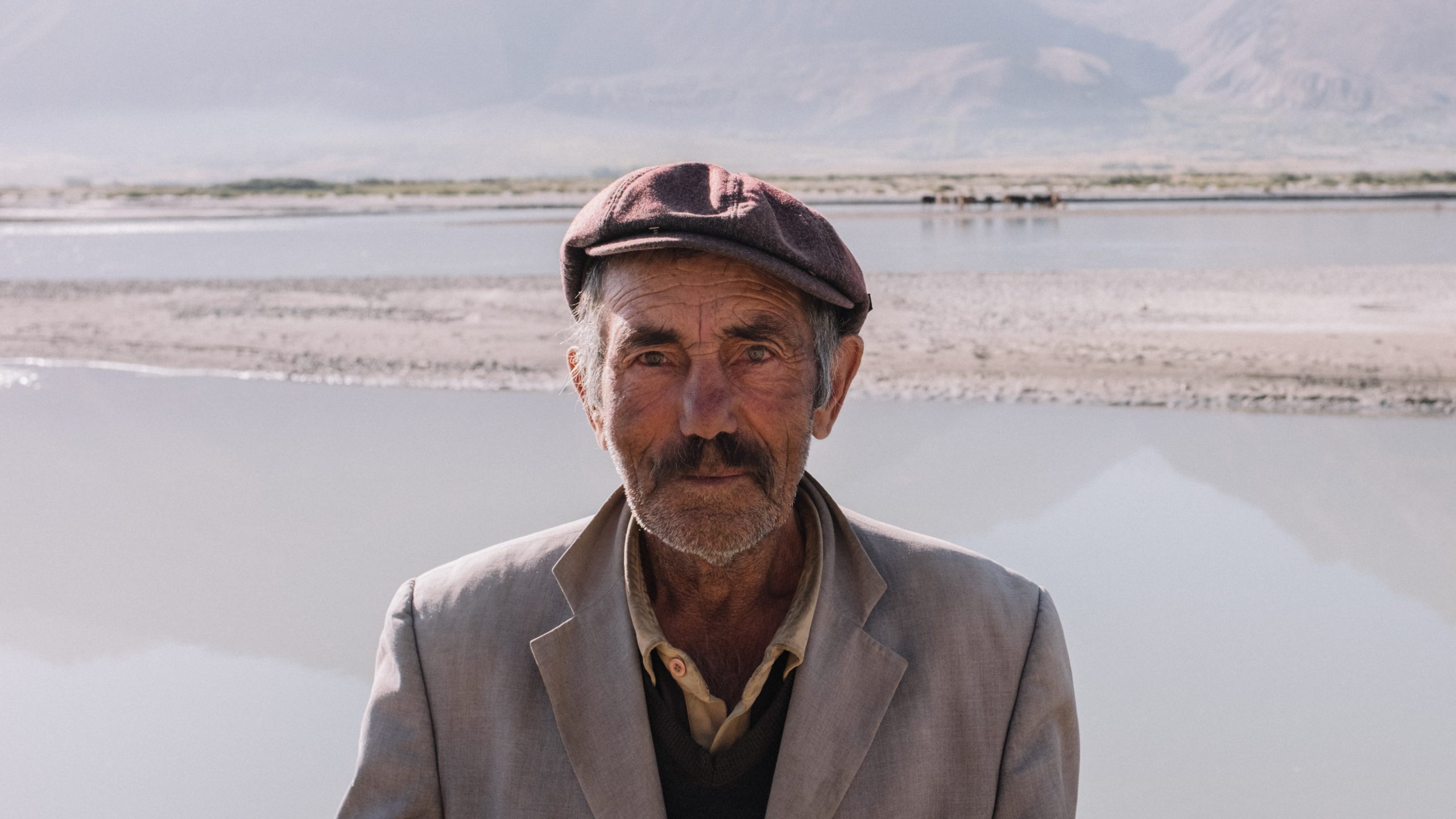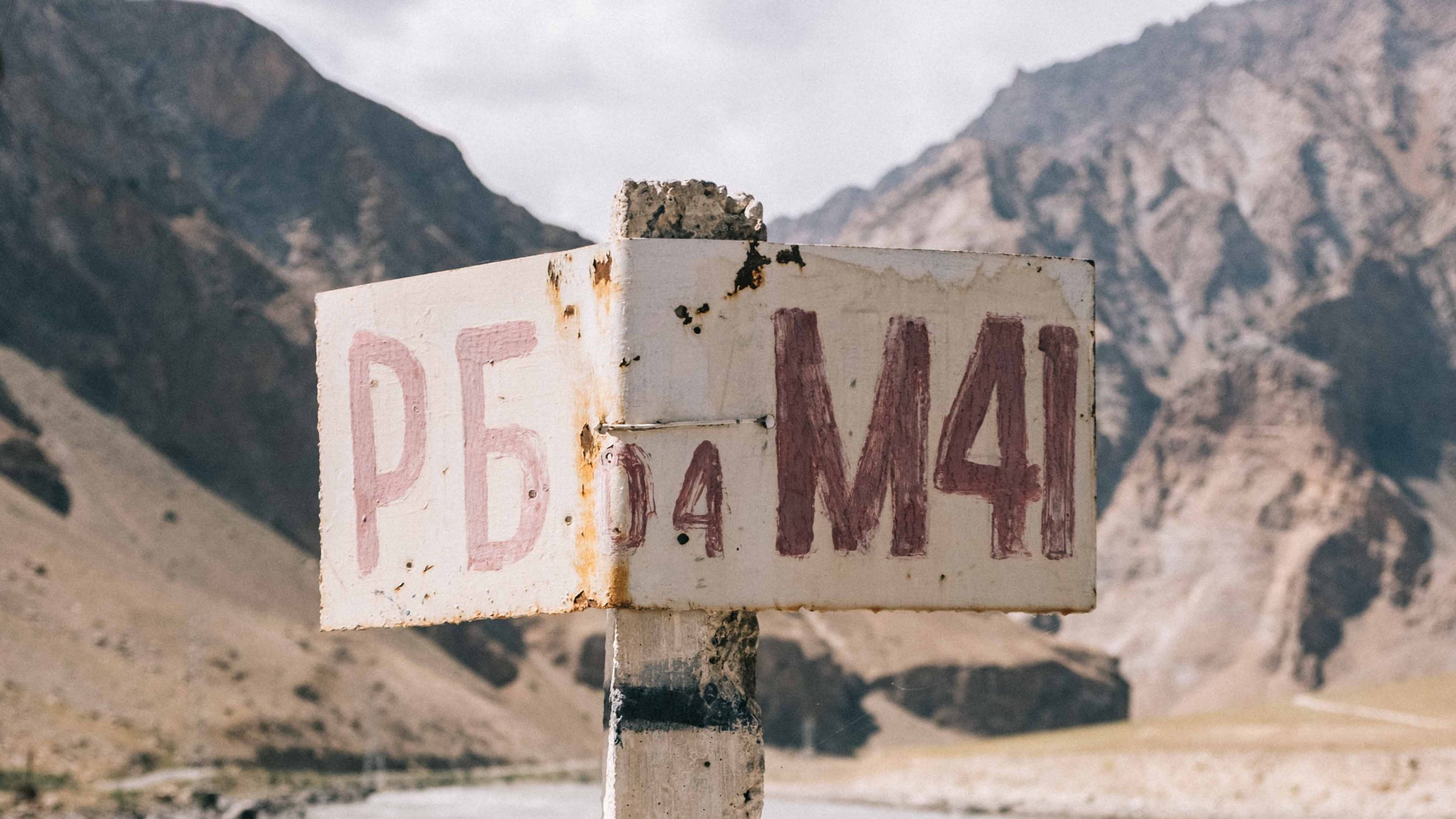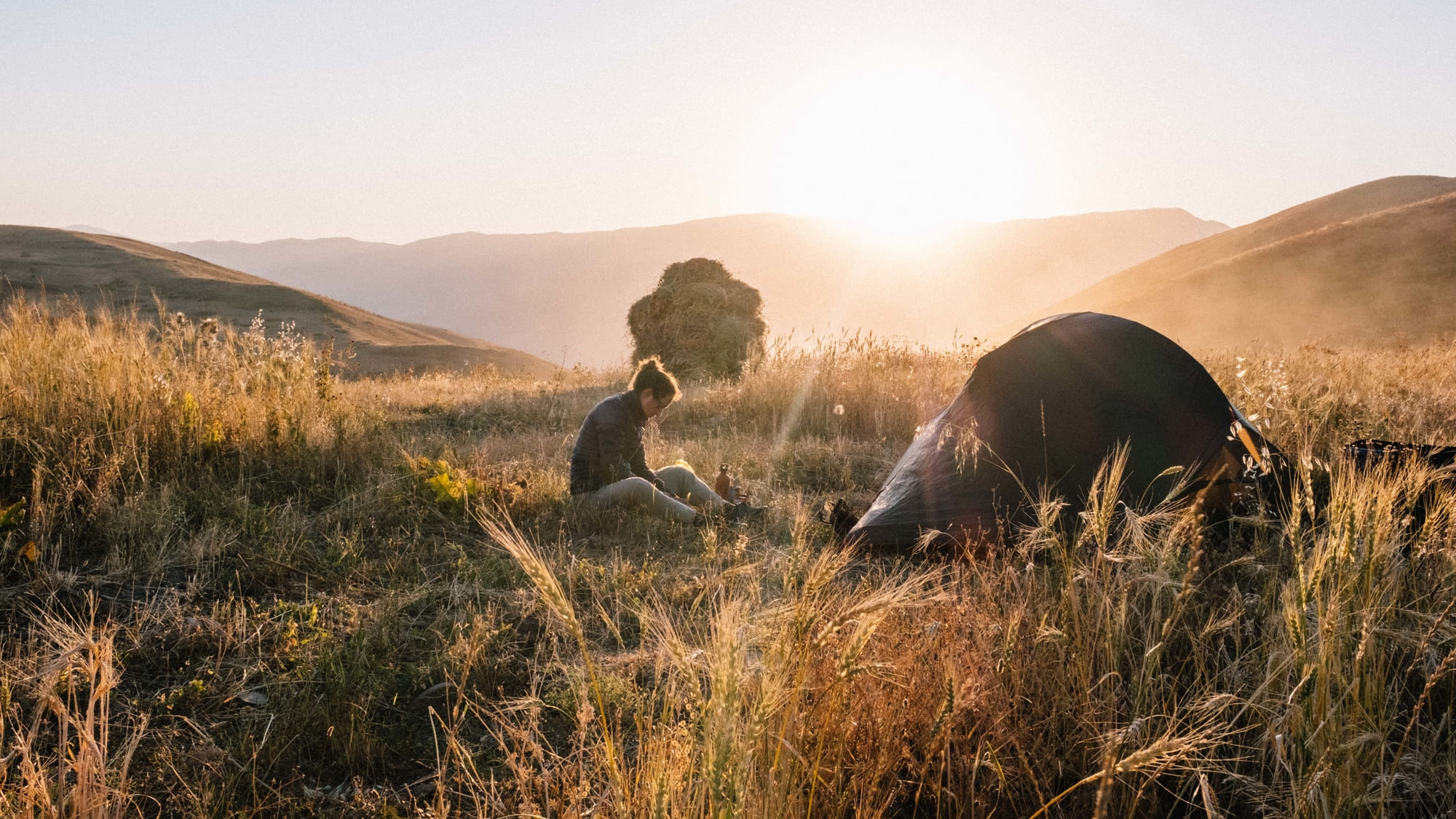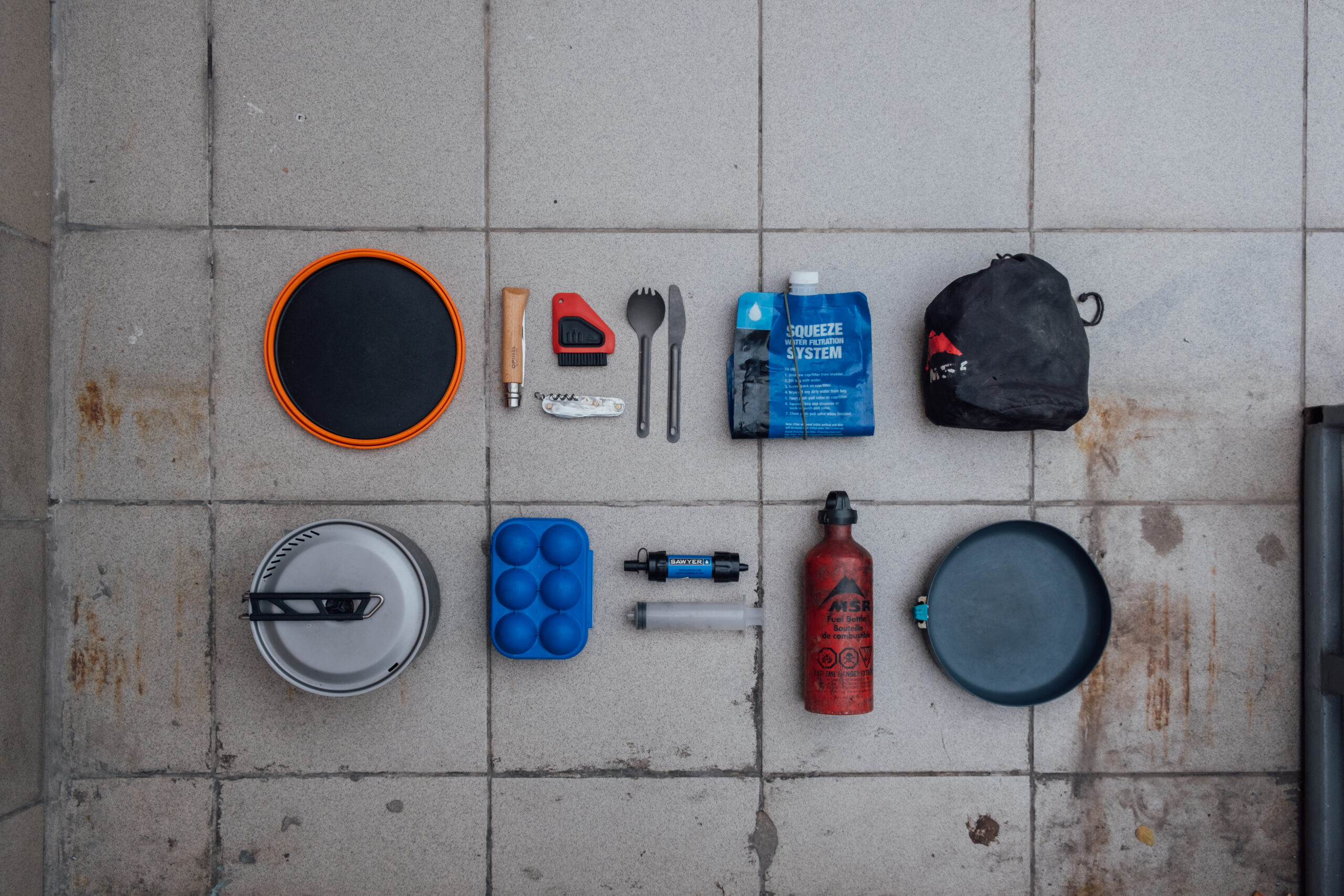Robin & Sabina
-
Kazakhstan greatest country in the world
Our first impression from Kazakhstan wasn’t the greatest. The Almaty Region completely made up for that. Together with Sabina’s parents we enjoyed all of Almaty’s luxuries and discovered the regions unique canyons and lakes.
Written by
-
A hitchhikers guide to Kyrgyzstan (on a bike)
Sometimes you visit a city or a country and you just know you will be back one day. Kyrgyzstan was like that for us. We had seen and heard amazing stories of people bikepacking this rugged country. We had just missed the boat this year. It was October, so too late in the year to…
Written by
-
Did we make a mistake choosing panniers?
One of the toughest decisions we had to make with choosing our bikes, was panniers or bikepacking bags. We’d read countless blogs and asked around in different stores. We chose panniers, but did we choose wrong? The thought of bikepacking never let us go.
Written by
-
The Pamir Highway – Part IV
Our third week on the Pamir Highway led us through the famous Wakhan corridor. A historical, remote and beautiful region, with only a river separating Tajikistan from Afghanistan. We passed old ruins, military bases and wheat fields, and everyone we met greeted us with a smile and a heartfelt invitation for chai.
Written by
-
The Pamir Highway – Part III
Our third week on the Pamir Highway led us through the famous Wakhan corridor. A historical, remote and beautiful region, with only a river separating Tajikistan from Afghanistan. We passed old ruins, military bases and wheat fields, and everyone we met greeted us with a smile and a heartfelt invitation for chai.
Written by
-
A look into our wardrobe
How do you fit an entire four season wardrobe on a bike? We’ll show you how in this overview of all of our clothing. Take a look in our panniers and see how we dress. Merino is pretty much the answer to all of our problems. It doesn’t smell because of its antibacterial properties, it’s…
Written by
-
The Pamir Highway – Part II
The stretch between Qal’ai Khumb and Khorog was only 240 kilometers. But with bike issues, military visits and patients along the road it was a very eventful couple of days. There are a million amazing camp spots on the Pamir, but some days it seemed nearly impossible to find one. We were locked in between…
Written by
-
Cycling The Pamir Highway – Tajikistan, Dushanbe to Qal’ai Khumb
The Pamir is adventure cyclists paradise. We spent a month in the beautiful landscapes of Tajikistan. We cycled the legendary Ak-Baital pass (4.655 m) and followed the Panj river.
Written by
-
A look into our kitchen
This is our favourite bikepacking gear, take a look in our bicycle touring kitchen!
Written by
-
Silk Road cycling in Uzbekistan
After an insane train ride we finally arrive in Uzbekistan. A country where the ancient Silk Road is more alive than anywhere else. With Khiva, Bukhara and Samarkand as its highlights, we cycle and hitchhike in the steps traders have set for centuries. It was great to finally get out of the train and start…
Written by
